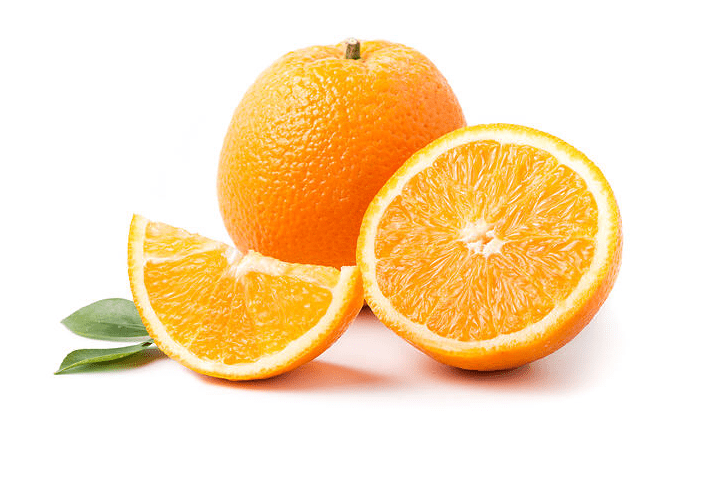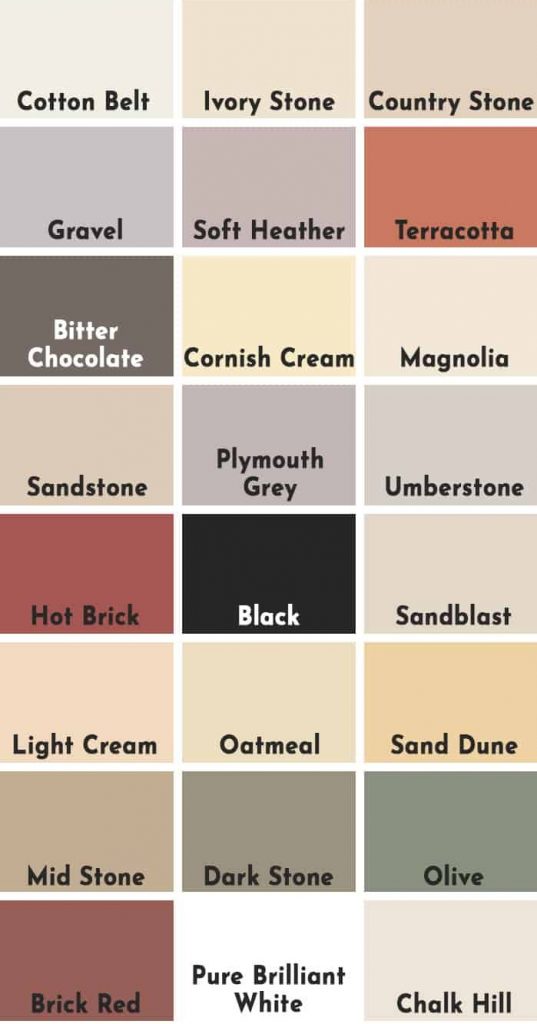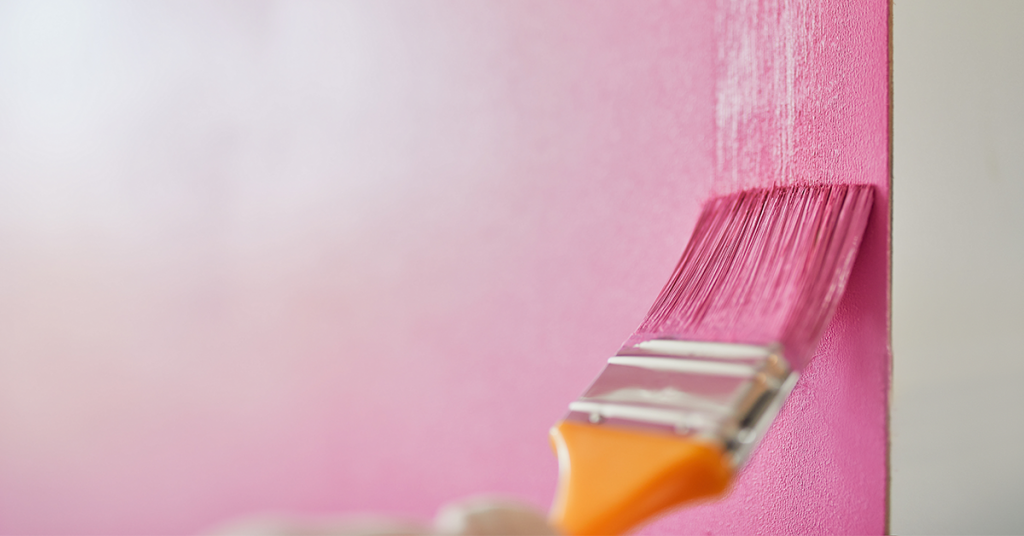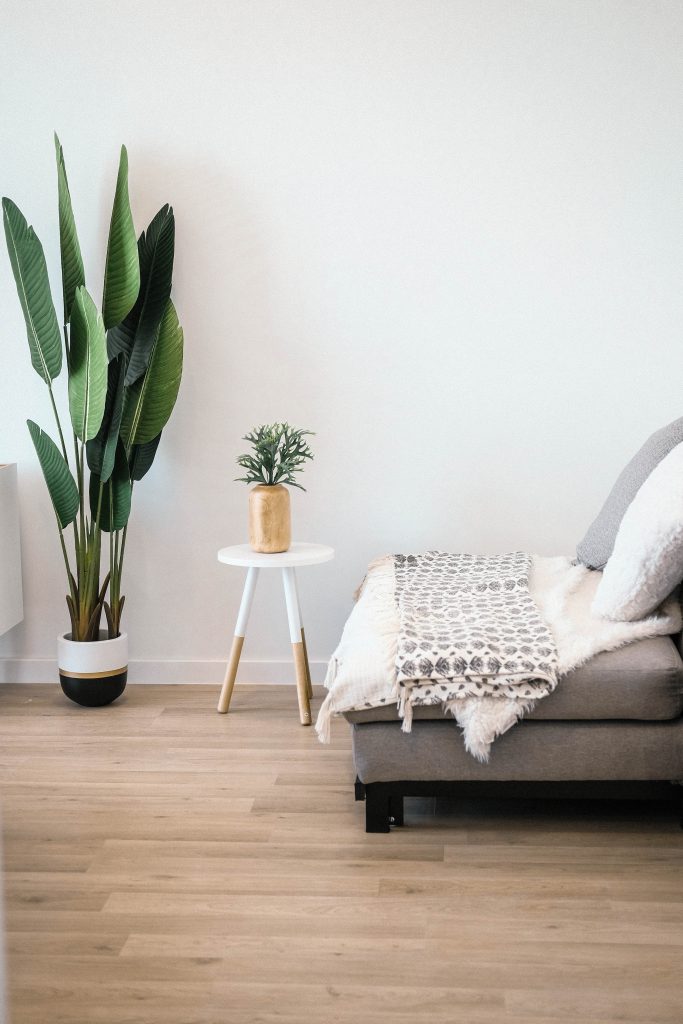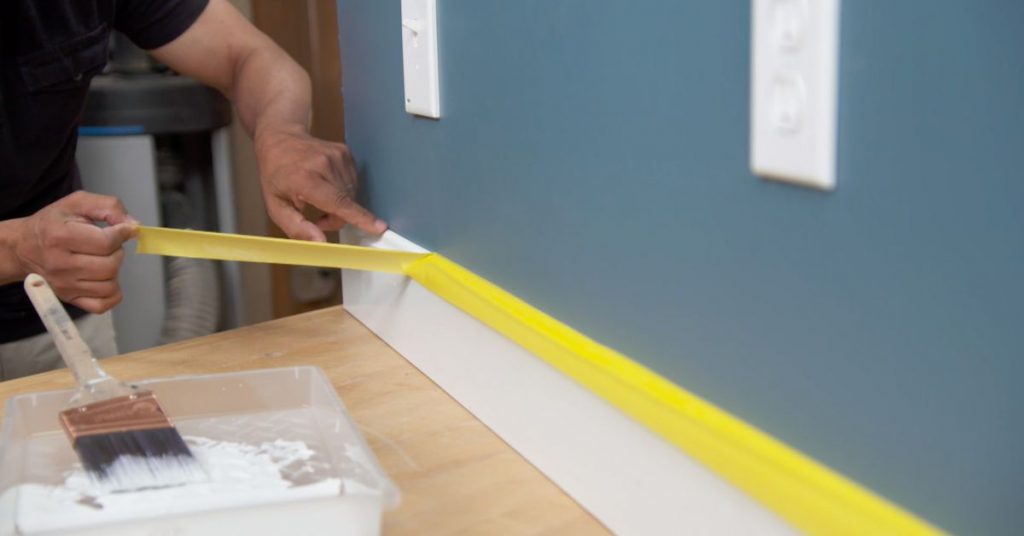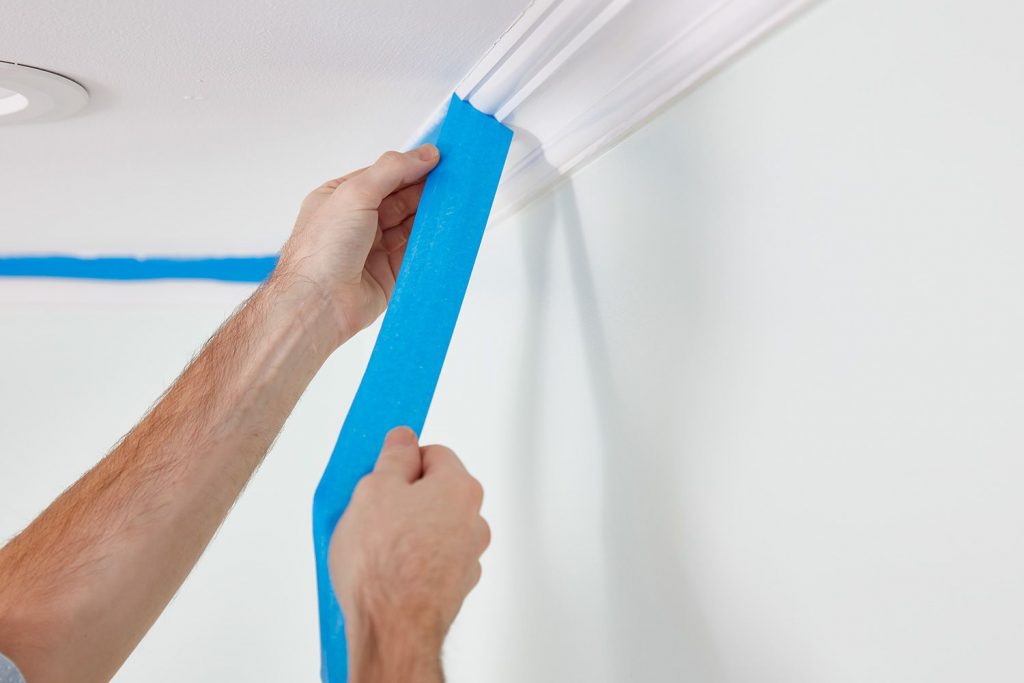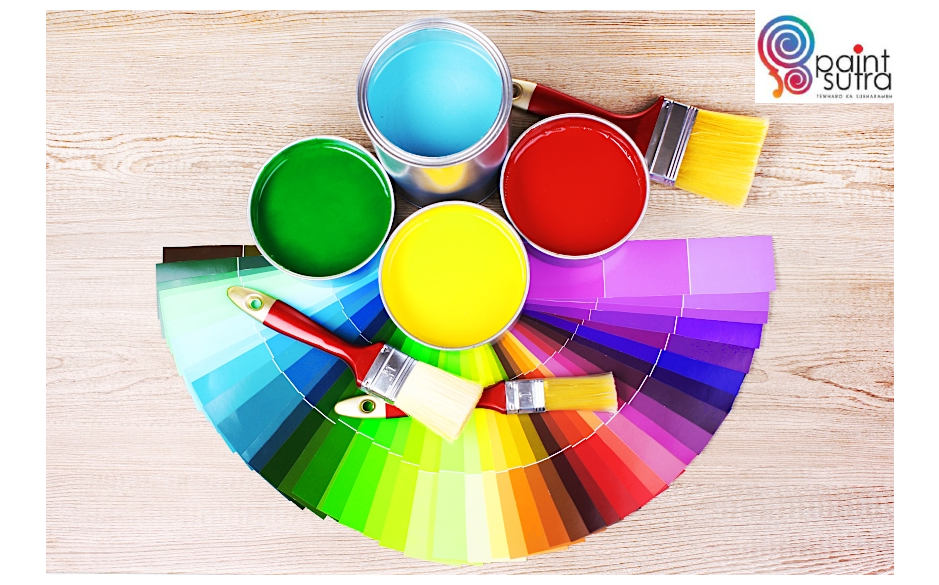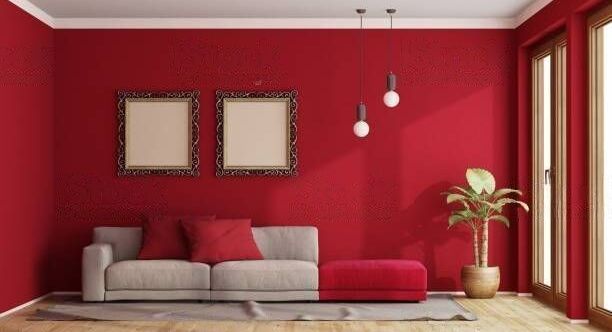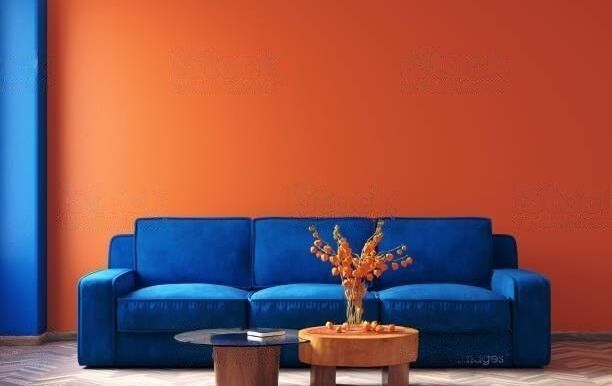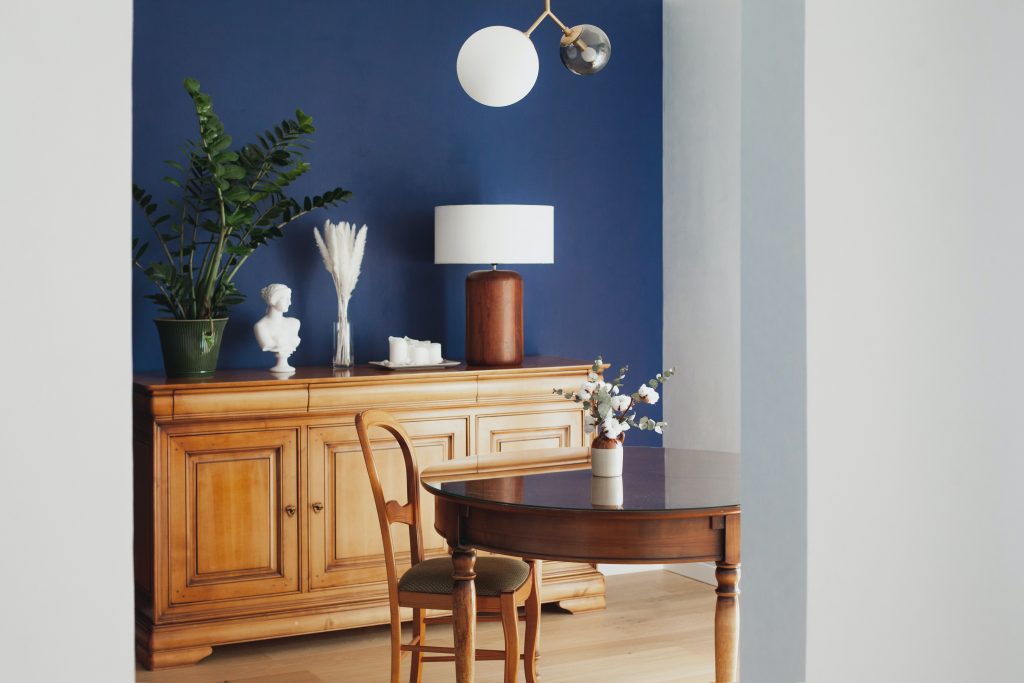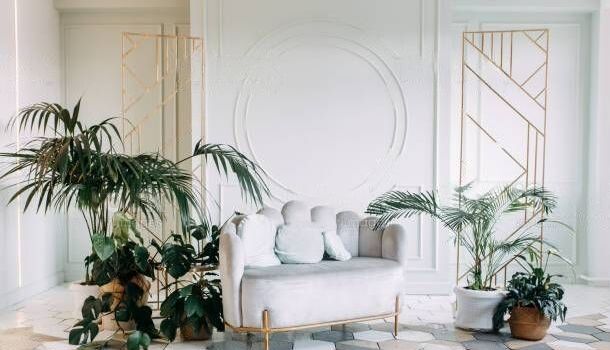Making a decision on which color to paint the living room is an arduous task. As it not only must pair with the atmosphere of your abode and coordinate hand in hand with any appliances or furniture holder inside but also show your preferences and character at the same time. Thanks to Vastu, there is now an enlightened strategy of picking the ultimate tint for your house which unifies every part of you simultaneously.
Significance of Colours
The immediate consequence of the colour in the living area is vitally associated with Vastu, making it a guiding basis for contentment and dhow ri in everyone’s abode. Architects usually deem that this element can curately tweak and reinvigorate the cosmic balance, furthering discord and coursening prosperity between occupants. On top of this, these choices can also affect one’s character, emotions as well as temperament . Upholding a revered immeasurable influence possessed.
Suggested Living Room Colours As Per Vastu
Mentioned below are some of the best living room colours to spruce up your home and let harmonizing energies flow through the household:
White
No doubt, white is a top selection for living rooms. And many factors render this serene, tranquil shade attractive. But what do white tones suggest? They denote tranquillity and virtue, plus look fantastic when blended into any complementing color scheme. Usually homes’ roofs are coated with skintone to distribute more illumination and make spaces brilliant. White is established to abundantly chosen preference forrest rooms as well due to its calm atmosphere affiliation.
Pink
Pink- almost childlike in Appearence– is widely appreciated due to its references to innocence, cheerfulness and romance. In decorating living rooms, it contrasts sharply with the intense passion depicted by its counterpart, vibrant red. Harmonizes best with white shades thereby serving as a reminder of adoration, heart-warming ardor and affability.
Green
Vastu states that green has a calming impact on one’s vision, making it the preferred hue to employ in the living room. This selection is since its vibrancy provides vitality. Green tends to relax people after experiencing hectic workdays and facilitate recovery. Furthermore, it just might influence relationships in significant ways and promote both emotional and physical robustness. Ultimately, green symbolizes freshness, optimitimate greater fertility; if used in calm amount for one’s bedroom exterior paints prospects for productivity
Yellow
Yellow similar to pale pink, is frequently signaled as a sign of hope, infancy and jocundity. Conspicuous in flowers, foliage and some animals, yellow is adept at capturing admiration. You will have sensations of innovativeness and pluck while glanced upon this gleeful varicolour. Vastu verifies that emulsifying buttercup hues into chambers enhances comfortable surrounding decoration. In addition to that, yellow supposedly symbolises wit.
r purity and wisdom. The off-white colour can be conveniently used with other colours as it reflects more light.
Light Purple
Light purple, as well as pale pink, symbolizes passionate vigour and manly force. Even though light purple also implies spirituality and savvy, it is seldom seen in sitting areas. It is more common in kitchens due to its indication of delicacy. Light mauve and lavender tints are likewise commonly found in bedrooms, fostered for a chummy, tranquil atmosphere.
Sea Green
Recently, seafoam green has become a sought-after hue to adorn living rooms. Serving as an embodiment of nature, one can view this shade in leaves and grass. Integrating this in home decor should provide new perspectives to internal spaces signifying its capacities of invigoration and sincerity. Introducing seafoam green within bedrooms represents fertility while simultaneously exuding tranquillity.
Silvery White
Silver-white has an air of nobility about it that conveys a sense of magnificence as it pertains to one’s home. Without intruding on the visual sensibilities, this particular hue pairs harmoniously with other shades and is, thus, commonly employed in dwellings signalling prosperity and refinement.
Solid Light Blue
Solid shades of light blue may range from aquamarine to pale icy hues yet its symbolism remains unchanged. Blue symbolizes a deep reflection, since it is associated with wide open skies and watery seas around the globe and presents an expression of cheerfulness. Considered to be healing remedies derived from the sea, it also stands for prosperity, instilling optimism and security in those who favor the hue.In several living spaces such as natural resting areas and sleeping quarters, solid blue reflects glam.
Tips To Choose Perfect Living Room Colour As Per Vastu
When selecting colors for your home with Vastu in mind, remember that it must be based upon favorably-inclined planets. To successfully do this, recognition must be given to which planetary ruler corresponds with each direction of the abode. Characteristic colors as well has numerical values are bestowed upon each planet by this system. Apart from positioning factors which suggest the optimum place for specific living spaces (i.e kitchen=southeast; living room=northwest; bedroom)=southwest etc.)
Off White
Off-white has been a popular colour for living rooms for ages. It helps foster a peaceful environment in the house as it stands for purity and wisdom. The off-white colour can be conveniently used with other colours as it reflects more light.
House Painting Wall Painting Paint Interior Painting Painting and Paintings (art) Painters Decorative Painting Oil Painting Painters Decorative Painting
Colours that are Vastu-approved for living rooms
Making a decision on which color to paint the living room is an arduous task. As it not only must pair with the atmosphere of your abode and coordinate hand in hand with any appliances or furniture holder inside but also show your preferences and character at the same time. Thanks to Vastu, there is now an enlightened strategy of picking the ultimate tint for your house which unifies every part of you simultaneously.
Significance of Colours
The immediate consequence of the colour in the living area is vitally associated with Vastu, making it a guiding basis for contentment and dhow ri in everyone’s abode. Architects usually deem that this element can curately tweak and reinvigorate the cosmic balance, furthering discord and coursening prosperity between occupants. On top of this, these choices can also affect one’s character, emotions as well as temperament . Upholding a revered immeasurable influence possessed.
Suggested Living Room Colours As Per Vastu
Mentioned below are some of the best living room colours to spruce up your home and let harmonizing energies flow through the household:
White
No doubt, white is a top selection for living rooms. And many factors render this serene, tranquil shade attractive. But what do white tones suggest? They denote tranquillity and virtue, plus look fantastic when blended into any complementing color scheme. Usually homes’ roofs are coated with skintone to distribute more illumination and make spaces brilliant. White is established to abundantly chosen preference forrest rooms as well due to its calm atmosphere affiliation.
Pink
Pink- almost childlike in Appearence– is widely appreciated due to its references to innocence, cheerfulness and romance. In decorating living rooms, it contrasts sharply with the intense passion depicted by its counterpart, vibrant red. Harmonizes best with white shades thereby serving as a reminder of adoration, heart-warming ardor and affability.
Green
Vastu states that green has a calming impact on one’s vision, making it the preferred hue to employ in the living room. This selection is since its vibrancy provides vitality. Green tends to relax people after experiencing hectic workdays and facilitate recovery. Furthermore, it just might influence relationships in significant ways and promote both emotional and physical robustness. Ultimately, green symbolizes freshness, optimitimate greater fertility; if used in calm amount for one’s bedroom exterior paints prospects for productivity
Yellow
Yellow similar to pale pink, is frequently signaled as a sign of hope, infancy and jocundity. Conspicuous in flowers, foliage and some animals, yellow is adept at capturing admiration. You will have sensations of innovativeness and pluck while glanced upon this gleeful varicolour. Vastu verifies that emulsifying buttercup hues into chambers enhances comfortable surrounding decoration. In addition to that, yellow supposedly symbolises wit.
r purity and wisdom. The off-white colour can be conveniently used with other colours as it reflects more light.
Light Purple
Light purple, as well as pale pink, symbolizes passionate vigour and manly force. Even though light purple also implies spirituality and savvy, it is seldom seen in sitting areas. It is more common in kitchens due to its indication of delicacy. Light mauve and lavender tints are likewise commonly found in bedrooms, fostered for a chummy, tranquil atmosphere.
Sea Green
Recently, seafoam green has become a sought-after hue to adorn living rooms. Serving as an embodiment of nature, one can view this shade in leaves and grass. Integrating this in home decor should provide new perspectives to internal spaces signifying its capacities of invigoration and sincerity. Introducing seafoam green within bedrooms represents fertility while simultaneously exuding tranquillity.
Silvery White
Silver-white has an air of nobility about it that conveys a sense of magnificence as it pertains to one’s home. Without intruding on the visual sensibilities, this particular hue pairs harmoniously with other shades and is, thus, commonly employed in dwellings signalling prosperity and refinement.
Solid Light Blue
Solid shades of light blue may range from aquamarine to pale icy hues yet its symbolism remains unchanged. Blue symbolizes a deep reflection, since it is associated with wide open skies and watery seas around the globe and presents an expression of cheerfulness. Considered to be healing remedies derived from the sea, it also stands for prosperity, instilling optimism and security in those who favor the hue.In several living spaces such as natural resting areas and sleeping quarters, solid blue reflects glam.
Tips To Choose Perfect Living Room Colour As Per Vastu
When selecting colors for your home with Vastu in mind, remember that it must be based upon favorably-inclined planets. To successfully do this, recognition must be given to which planetary ruler corresponds with each direction of the abode. Characteristic colors as well has numerical values are bestowed upon each planet by this system. Apart from positioning factors which suggest the optimum place for specific living spaces (i.e kitchen=southeast; living room=northwest; bedroom)=southwest etc.)
Off White
Off-white has been a popular colour for living rooms for ages. It helps foster a peaceful environment in the house as it stands for purity and wisdom. The off-white colour can be conveniently used with other colours as it reflects more light.
House Painting Wall Painting Paint Interior Painting Painting and Paintings (art) Painters Decorative Painting Oil Painting Painters Decorative Painting
